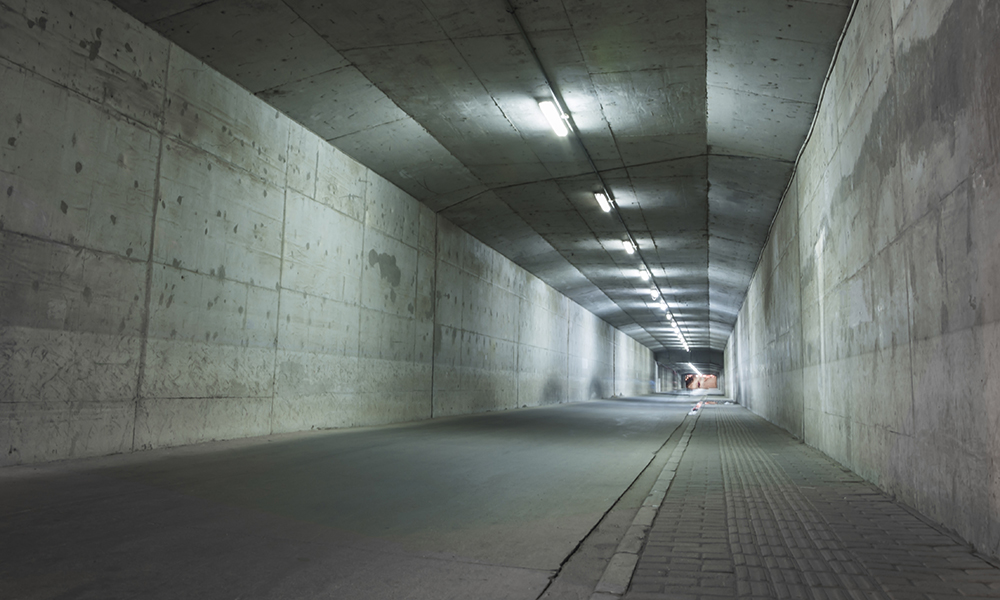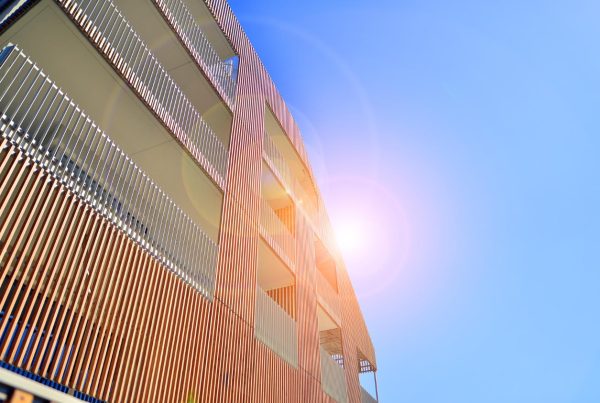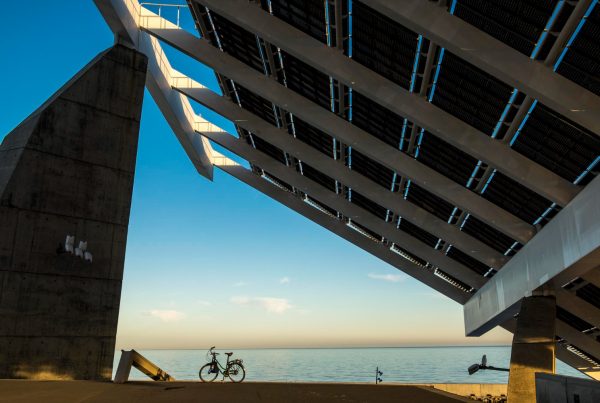
Concrete and wall cladding, as well as precast materials and elements, are used in several industries, including tunnel construction.
A recent report by Allied Market Research titled “Advanced Building Materials Market” highlights the staggering growth of this industry. Valued at US$56.7 billion in 2021, it is projected to skyrocket to US$111.7 billion by 2031 at an impressive CAGR of 6.8% from 2022 onwards.
These groundbreaking materials fulfil specialised requirements that traditional materials can’t match. Discover how they revolutionise construction with their exceptional properties and consistency. Fueling the industry’s growth, government investments in infrastructure development pave the way for advanced building materials.
Concrete and wall cladding, as well as precast materials and elements, are used in several industries, including tunnel construction.
With the need for sustainable, energy-efficient, and durable structures, developers are turning to new materials that offer innovative solutions to enhance performance, reduce environmental impact, and improve the overall quality of buildings.
The global market for advanced building materials is a complex landscape that can be broken down based on geographical regions. Not all regions have the same market drivers, regulatory frameworks, and adoption rates, leading to a unique market in each location. North America, Europe, Asia Pacific, and the rest of the world have specific characteristics.
Understanding these differences is vital in navigating the market and identifying opportunities for growth and innovation. As architects and engineers continue to push the boundaries of what is possible in construction, advanced building materials will undoubtedly become even more prevalent across the globe.
By region, Asia Pacific garnered the highest share in 2021, accounting for nearly half of the global advanced building materials market revenue in 2021 and is projected to retain its dominance by 2031.
The LAMEA (Latin America, Middle East, Africa) region would also portray the fastest CAGR of 7.3% during the forecast period. Rising urbanisation and development in the infrastructure of Asia Pacific have propelled market growth.














